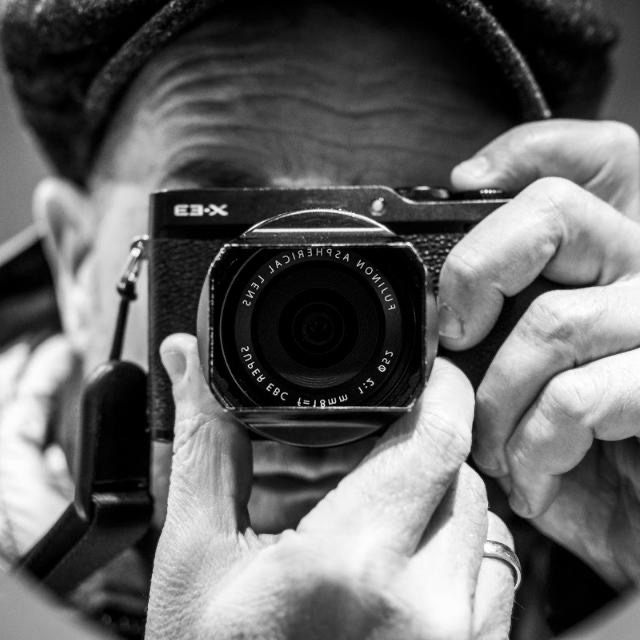- Andy Parker
- Mar 24
Especially in monochrome, Venice appears timeless. And although it is an over-expressed clichè, it is still something that attracts me about the city. Places change, people come and go, the fabric of society ever evolves, yet, in hidden corners of Venice, time appears to stand still. This is particularly true around the neighbour of Castello, where the tradition of hanging the washing (il bucato) across the streets provides a draw for tourists and photographers. The shot below exemplifies this.

Il Bucato, Castello, 2025
Taken in 2025, it could equally pass for 1925. We have a man (I like to think a local, who has grown up on these streets) strolling the calli whilst the white washing hangs out above him. Both elements providing their own little narrative of life in these apartments and how, despite the advances of technology, the traditional ways are very often the best.
To buy photographic prints from the complete Monochrome Venice archive, please send a request through my prints page...
...or send me an email: andy@monochromevenice.com
Thanks!
AP












